
“Fewer people voted in this election than voted in 2012,” notes Juan González, journalist and Democracy Now! co-host, but he argues that data from Latino Decisions shows the Latino turnout was actually higher than 2012 in Florida and other key states. Many precincts, including Miami-Dade, saw almost twice the turnout for Clinton than Obama. “They knew exactly what was at stake,” González says.
Transcript
AMY GOODMAN: Juan, you’ve been looking at the Latino vote in this week’s election.
JUAN GONZÁLEZ: Yeah, well, I’ve been trying to look at not only the Latino vote, the overall vote, to get a sense of what actually happened in this cataclysm that we had on Tuesday. And first of all, I think one thing that we have to understand is that fewer people voted in this election than voted in 2012, about 2 percent drop in the number of votes, and that actually Mitt Romney got more votes when he ran in 2012 than Donald Trump did. But significantly, Hillary Clinton’s total—vote totals dropped dramatically, about 5 million votes, even though she comes out now still with the majority of the popular vote.
But one of the narratives that’s been developing now, and we’ve heard it repeatedly now in the last few days, is that the failure of the Latino community to turn out in the surges of voting that people expected are a significant reason why she was not able to succeed. I want to tell you, looking at some of the data now, I believe that is a totally false narrative. The narrative that we’ve heard from the exit polls is that the Latino vote was 65 to 29 percent—65 percent for Clinton, 29 percent for Donald Trump. But, you know, there’s different ways to measure the actual turnout. One is through these exit polls—and we all know how great polling has been in recent years. The other is by the Census Bureau actually asking people, which it does a year after every presidential election, how you voted. That’s probably the most accurate way, but that won’t happen until next year. The third way, and the one that I’ve always been—felt is more important, is to actually look at the vote totals in those areas, in those voting precincts, where Latinos form a major portion—60, 70, 80, 90 percent of the electorate—and compare that. And when you do that, which is what Latino Decisions has done—and I urge you all to go to their website—you’ll find a completely different story.
For instance, let’s take Florida, which has been the big—the big story of the last few—of the last few days. You’ll find—they find that in areas like Kissimmee—I don’t know if we have Kissimee up there on the screen right now—in Central Florida, that you had two things happening. One is that the turnout in 2016 was much higher than it was in 2012, about 6 percent, 6 percent, 8 percent, 8 percent higher in all these precincts than in 2012, and secondly, that in many of those precincts, Hillary Clinton was at 80 percent of the vote, 78 percent, 80 percent of the vote, and not the 65 percent that we’re talking—that we’re hearing about. In Miami-Dade, which is probably the most conservative Latino community in the country, there was, again, highly increased turnout in most of the precincts there—6 percent, 9 percent, 7 percent, 16 percent increase in the vote over 2012. But more importantly, Hillary Clinton did far better than Obama, President Obama, did in these precincts in 2012. In many of the Miami-Dade precincts that were 95 or 97 percent Latino, Obama got 32 percent of the vote, 36, 28 and 42, whereas Clinton was in the 50s, 60s in the same precincts. So, not only was there a larger Latino vote in Florida, but it was much more for Hillary Clinton than in the previous election.
But Florida is only the worst case. When you start looking at the heavily Latino districts around the country, when you go to South Texas, in South Texas there was, most precincts, 10 percent more, 8 percent more, 9 percent more voting. Remember, this is in the context of 2 percent fewer Americans voting nationwide. And there again, all of the totals for Hillary Clinton were in the 70 to 80 percent. You go to Wisconsin, the Latinos in Wisconsin were voting for Hillary Clinton 83 to 90 percent.
And then, of course, I checked out New York City, which I know very well, last night in some of the major Latino precincts. In the South Bronx, the 84th Assembly District of the South Bronx, 6.6 percent increase in turnout, 93 percent for Hillary Clinton. In the 77th District of the West Bronx, 11.8 percent increase in turnout, 92 percent for Hillary Clinton. In the 72nd, in Washington Heights and Inwood, 14.5 percent increase in turnout from 2012, 90 percent for Hillary Clinton.
So, it’s clear to me, when you look at the actual turnout, not only was there a surge in the Latino community, but there was much higher vote than the 65 percent we’re hearing. Now, you can argue, well, maybe it’s all the Latinos in the—either they’re out in the suburbs or not in the major cities, that are somehow miraculously voting in a different way from the Latinos in the rest of the country. Logic defies that. I think the Latinos were paying attention to the race, to the statements of Donald Trump. They knew exactly what was at stake. And they came out in larger numbers. The problem is white Americans voted—first of all, fewer of them voted, and then, not only did fewer of them vote, but more of them voted for Donald Trump than had been expected.
AMY GOODMAN: And as you pointed out, the overall numbers, fewer people voted for Donald Trump than for Mitt Romney.
JUAN GONZÁLEZ: Than for Mitt Romney, right.
AMY GOODMAN: And fewer people voted for Hillary Clinton than for Mitt Romney.
JUAN GONZÁLEZ: Right. Right, many more, because there was a big turn into the independent candidates, obviously, between Jill Stein and Johnson. They took about 6 million, 7 million votes between them. So I think that that was another significant aspect of it, as well.

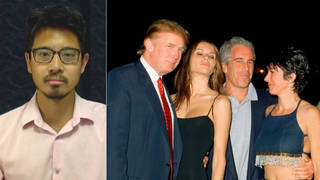

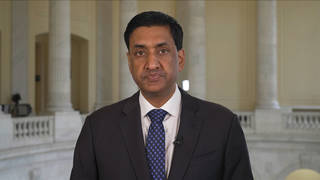
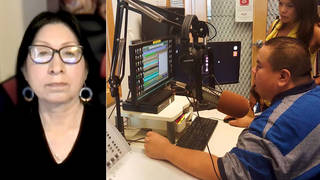
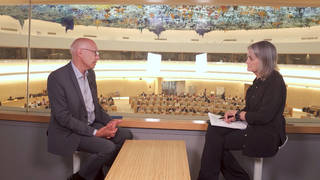


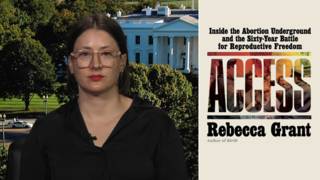

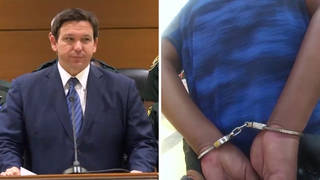

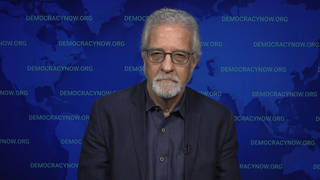
Media Options